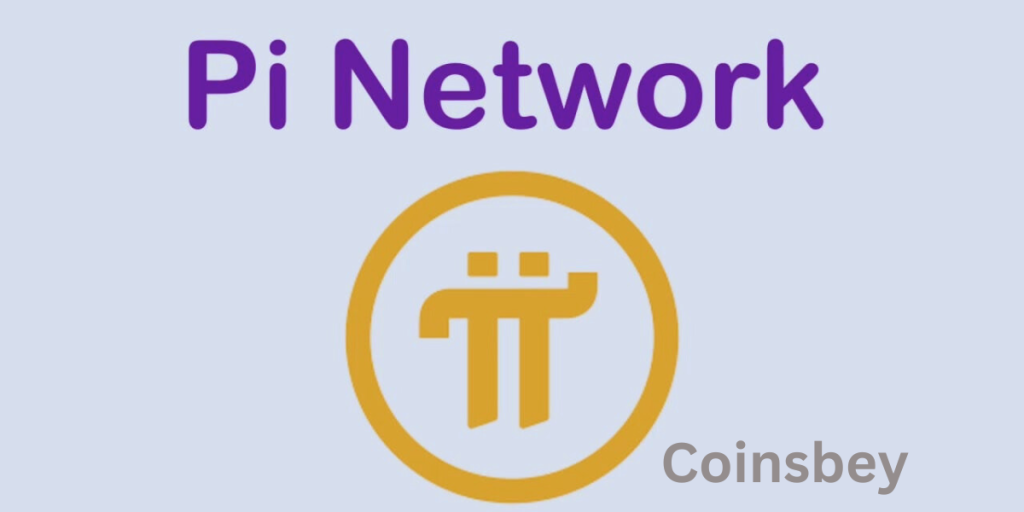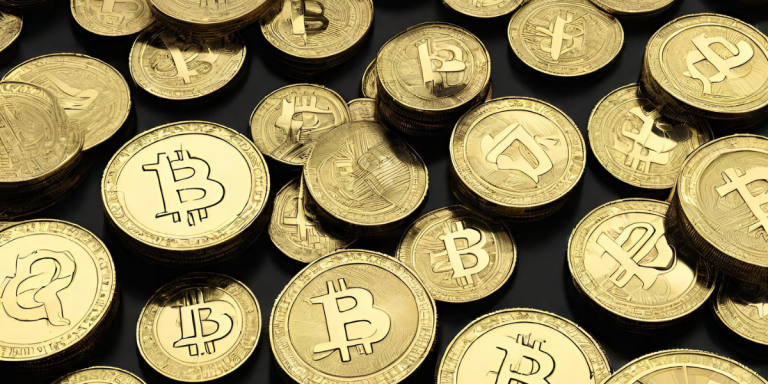What is Pi Network,How Does Pi Network Work?

Pi Network is a free cryptocurrency that can be mined using a smartphone instead of expensive infrastructure. Due to this, it is accessible to a wide spectrum of people. The project’s popularity stems from several essential qualities, including its subscription approach, active community, and well-defined plan.
Pi Network is a cryptocurrency project that aims to create a decentralized and user-friendly digital currency. It was created by a team of developers led by Dr. Nicolas Kokkalis, a computer scientist from Stanford University, and was introduced in early 2019. Pi Network gained popularity because it allowed users to mine its cryptocurrency, also called Pi, on their mobile devices without the need for expensive mining equipment or significant energy consumption.
Key features and concepts of Pi Network include:
Mobile Mining: Unlike traditional cryptocurrencies like Bitcoin, where mining requires specialized hardware and consumes a lot of energy, Pi Network allows users to mine Pi using their smartphones. This approach is designed to be more accessible to the average person.
Security: Pi Network aims to maintain security and prevent fraud by requiring users to be invited by existing members. This invitation system is intended to limit the number of fake or duplicate accounts.
Decentralization: The goal of Pi Network is to be a truly decentralized cryptocurrency, with a community-driven governance model. This means that decisions about the network’s future and development are made collectively by the community of users.
Utility: The developers of Pi Network have plans to make the Pi cryptocurrency useful within the Pi ecosystem, such as for buying goods and services or interacting with decentralized applications (dApps).
It’s important to note that, as of my last knowledge update in September 2021, Pi Network was still in a testing phase, and the Pi cryptocurrency had no real-world value. Users were accumulating Pi through the mobile mining process, but it had not yet been listed on any major cryptocurrency exchanges for trading. The project has generated both excitement and skepticism within the cryptocurrency community, as its long-term viability and the value of Pi remain uncertain.
Please note that the status and details of cryptocurrency projects can change rapidly, so I recommend checking the latest updates and developments regarding Pi Network if you are interested in participating or investing in it.
How Does Pi Network Work?

Pi Network is a cryptocurrency that is still in development. It is a Proof-of-Work cryptocurrency, meaning users can mine Pi coins by completing simple tasks on their smartphones. Pi Network is not yet available to trade on exchanges, so its value is currently speculative.
As of my last knowledge update in September 2021, Pi Network was a cryptocurrency project that aimed to create a decentralized and user-friendly digital currency. It was developed by a team of Stanford graduates and was designed to be mined on mobile devices, such as smartphones, without the need for powerful computer hardware like traditional cryptocurrencies such as Bitcoin. Please note that developments in the cryptocurrency space can change rapidly, so it’s important to verify the current status and workings of Pi Network if you’re interested in it.
Here’s how Pi Network worked based on the information available up to 2021:
Mining on Mobile Devices: Unlike traditional cryptocurrencies that require energy-intensive proof-of-work (PoW) or resource-intensive proof-of-stake (PoS) mechanisms, Pi Network used a novel consensus algorithm called “Stellar Consensus Protocol” (SCP) to allow users to mine Pi on their mobile devices. This made it more accessible to the average person, as it didn’t require expensive mining hardware.
Invitation-Based System: To join the Pi Network, users needed an invitation from an existing member. This referral system was designed to control the initial distribution of Pi and to encourage network growth.
Security and Trust: Pi Network aimed to create a trust graph of its users to prevent fraudulent accounts and spam. Users had to verify their identity through phone numbers and Facebook profiles to participate in the network.
Rewards: Users earned Pi tokens by simply opening the Pi Network app daily and clicking a button to “mine” Pi. The more users in a network, the lower the mining rate for each user to prevent inflation. Users were also encouraged to build their security circles by inviting trusted friends to increase their mining rate.
Decentralization: The long-term goal of Pi Network was to achieve full decentralization, similar to other cryptocurrencies like Bitcoin and Ethereum. However, as of my last knowledge update, Pi Network was in the early stages of development, and its full decentralization was not yet realized.
Wallet Integration: Pi Network was planning to integrate a digital wallet feature within the app, allowing users to store, transfer, and potentially use their Pi tokens for various transactions.
It’s important to keep in mind that the success and legitimacy of any cryptocurrency project can be highly variable, and there can be risks associated with investing time or resources into a new and unproven project. Always exercise caution and do your own research before participating in any cryptocurrency project. Additionally, the status and details of Pi Network may have evolved since my last update, so I recommend checking their official website or other reliable sources for the most up-to-date information.
